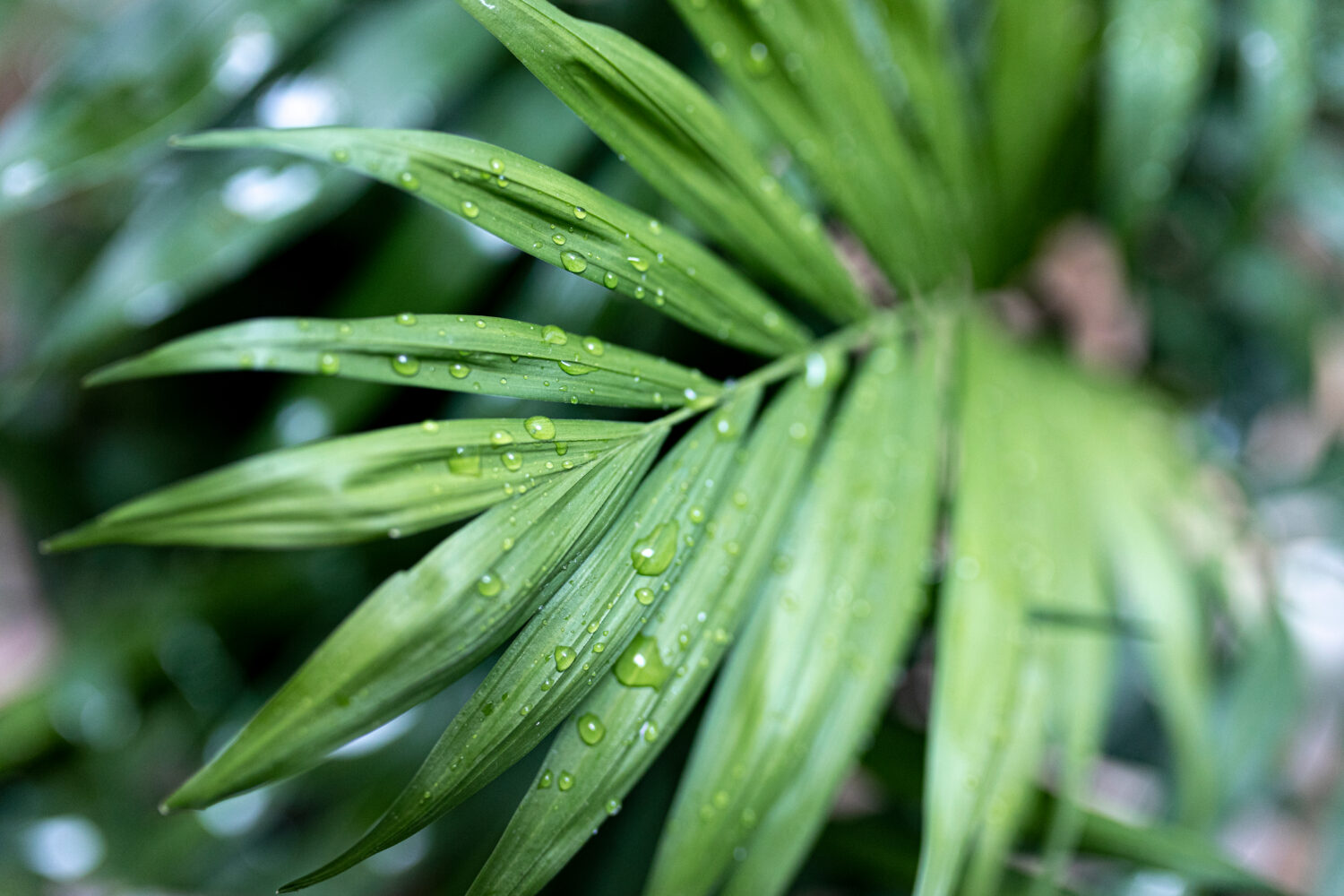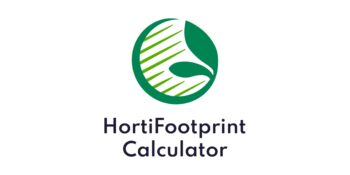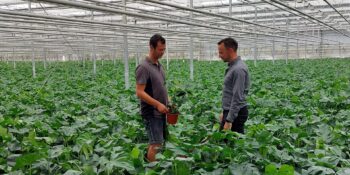MPS is working with LetsGrow.com on a software tool that calculates the environmental impact of the process of growing plants and flowers. This software tool is based on the calculation rules of the HortiFootprint, a Life Cycle Analysis (LCA) specially designed for horticulture. The information provided by the HortiFootprint allows growers to make even more environmentally sound choices in the production of ornamental crops and trees.
The HortiFootprint, which was developed by MPS and other organisations, is an internationally accepted method for calculating the environmental footprint of horticultural products. It aims to provide a better understanding of the environmental impact of producing horticultural products from cradle to grave. LetsGrow.com and MPS are currently working on a software tool that incorporates the HortiFootprint calculation rules so that they can be used in the commercial setting.
Explanation of the results
 The tool developed by LetsGrow.com is currently being tested by five Decorum growers. “The participants are enthusiastic. The great thing was that discussions of the results soon ensued among them,” says Winny van Heijningen, Sales Manager at LetsGrow.com. “Growers with similar products were trying to explain the results. They were discussing why one had a lower score for a certain factor such as energy than another, which enables them to learn from each other.” LetsGrow.com is a data platform that provides growers, crop advisers and suppliers worldwide with real-time insights into their cultivation data, helping them to make the right choices for a lucrative, sustainable crop.
The tool developed by LetsGrow.com is currently being tested by five Decorum growers. “The participants are enthusiastic. The great thing was that discussions of the results soon ensued among them,” says Winny van Heijningen, Sales Manager at LetsGrow.com. “Growers with similar products were trying to explain the results. They were discussing why one had a lower score for a certain factor such as energy than another, which enables them to learn from each other.” LetsGrow.com is a data platform that provides growers, crop advisers and suppliers worldwide with real-time insights into their cultivation data, helping them to make the right choices for a lucrative, sustainable crop.
Substantiating choices
Besides crop protection agent, fertiliser and energy usage, other major elements incorporated in the calculation method are water, land use and packaging. In total, the HortiFootprint contains sixteen environmental impact categories and maps out the entire product life cycle. A simple example of what can be done with the data is substantiating the choice between plastic or paper packaging for ornamental products. Another example is substantiating the strategy chosen for energy and crop protection agent usage.
“This is also the next step in the development of the software tool,” Van Heijningen says. “We want to expand the tool now so that growers can simulate scenarios. Users of the tool will then be able to run calculations for different situations and work out what sustainability gains they can make by using a different crop protection agent, for example. This will ultimately lead to growers reducing their own usage and therefore also saving money. Alongside the sustainability aspect, this is a great trigger for cutting usage.”
Entire life cycle
The software tool currently focuses on the factors that impact on climate change. Over the coming period, LetsGrow.com and MPS will be further expanding the tool from a CO2 footprint to an environmental footprint in which the entire life cycle of an ornamental product is mapped. Van Heijningen: “Ultimately we want growers to be able to run more specific calculations more often to enable them to track their sustainability and help them reduce their footprint.”



